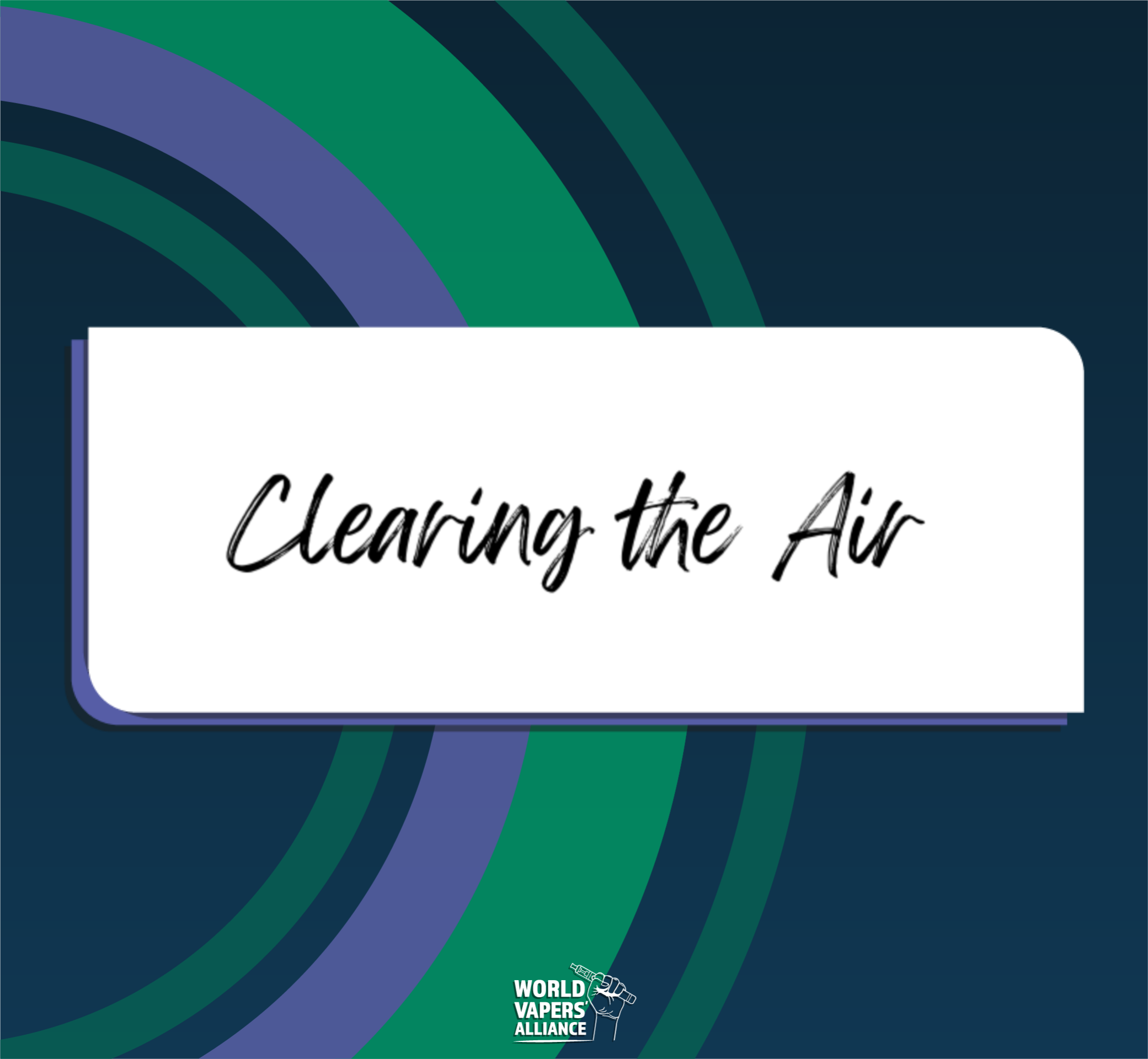Recently, the FDA has put forth promising harm reduction programs to reduce morbidity and mortality associated with drug overdoses.
The FDA will expand availability and access to overdose reversal products, including naloxone, by supporting accelerated review of products and exploring over-the-counter access. They will also support the development of novel overdose reversal products and fentanyl test strips to test at the point of care.
In 2021, more than 107,000 people died from drug overdoses. FDA Commissioner Robert Califf has made his position clear on achieving better long-term recovery outcomes for these issues.
With the introduction of the FDA Overdose Prevention Framework, the FDA seeks to undertake impactful, creative actions to prevent drug overdoses and reduce deaths.
The agency is “focused on responding to all facets of substance use, misuse, addiction, overdose and death in the US.” And are “committed to doing all they can respond to this crisis.” They also claim that they “commit to the American public that their work will remain grounded in science and transparency.”
With the FDA clearly so dedicated to harm reduction and science when it comes to drug overdoses and drug related deaths, why do they have such a hard time embracing and promoting tobacco harm reduction for adults?
Millions of US adult smokers are seeking a less harmful alternative to cigarettes. Yet, the FDA keeps sending the wrong message: slashing nicotine levels in cigarettes, promoting them as a “reduced-risk tobacco products,” and demonizing nicotine in general. This will not get smokers to try these alternatives. The real question that comes to my mind is: if nicotine is so harmful, why has the FDA only approved high nicotine vaping devices (24 & 50mg) through their PMTA process? It seems these decisions make no sense since and truly leave no step-down process for some who are vaping. Another issue is that someone like me, who started on an 18mg of nicotine and has now stepped down to a 3 or 6mg, has no other option but to quit or go up to one of these high mg options.
In a recent interview, new FDA Chief Brian King acknowledges the potential benefit of nicotine salts but remains silent on free base nicotine, flavors, or open systems. He goes on to say that “e-cigarettes – as a general class – have markedly less risk than a combustible product.” So how will he justify the denial of 99% of PMTA’s submitted for these products on the basis that they are “not appropriate for public health”?
The FDA seems to be on the right track with select harm reduction strategies and it is clear that King’s latest statement could be taken as a glimmer of hope for change when it comes to their views on THR. But will we truly see real change when it comes to promoting this technology that we vapers know works to leave a lifetime of combustible use behind? For now only time will tell.





2 Responses